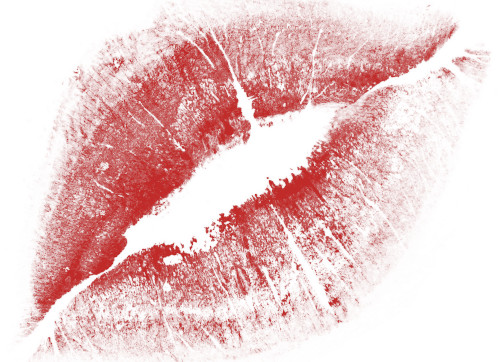
Ever more frequently one sees “forever chemicals” mentioned in the news. They’ve become so pervasive they’re found in most water supplies, in the rainfall over Antarctica, and in the bloodstream of every person.
The forever chemicals being talked about are members of a large family of manmade chemicals called PFAS, PFOS, and PFOAS. The archtype of this family is perfluorooctanoic acid. These have been manufactured since the 1940s and do not occur in nature. We’ve developed more than 16,000 different PFAS type chemicals. More members of this family of chemicals are developed each year.
Perfluoro- and polyfluoro- chemicals have become so widespread because they are so useful. Most of them repel both water and oils. They’re used to make Teflon and other non-stick coatings, stain resistant carpet, water-repellent clothes, fire-fighting foam, ski wax, waterproof cosmetics, and many other products.
The remarkable repellent properties of PFAS stem from the fact that these molecules are electrically charged (ionized). Because of this it’s long been assumed that PFAS would not be absorbed through the skin. However, recent studies show this is not true. See addendum below.
PFAS molecules are very stable so they don’t break down in the environment. As a result, they’ve found their way into almost everything — air, water, and soil all over the planet, and inside our bodies.
They are not harmless and they are mostly unregulated in the USA. In recent years, studies have shown possible causal connections with testicular and kidney cancer, fetal problems like low birth weight, early puberty, immune system problems, liver damage, thyroid disease, blood pressure problems during pregnancy, and colitis.
Study results thus far have been inconclusive but it’s a major concern because these chemicals are everywhere and we can’t effectively get rid of them. They become more abundant each year.
Waterproof Lipstick
Published in The Journal of Environmental Science & Technology on June 15, 2021 is a peer-reviewed study conducted by researchers at Notre Dame University. The study shows that roughly half of the 231 cosmetics tested contained PFAS. Most of these products did not show PFAS on their list of ingredients. About 60 percent of eyeliners, foundations, and liquid lipsticks, and 80 percent of waterproof mascaras contained PFAS. How much are you ingesting? There’s no solid data on this question but the answer is clearly not zero. (See addendum at the end.)
Another problem with waterproof lipstick is that it works really well. It works too well. It works so well that it’s a serious problem in restaurants and bars. Lipstick prints on water and wine glasses are durable. Unlike conventional lipstick, waterproof lipstick is unaffected by the high pressure, heat, and chemicals used in commercial dishwashers. Nobody wants to receive a glass with somebody else’s lipstick print on it. This means that each glass must be inspected and lipstick scrubbed off by hand. A mini-industry has sprung up around this problem that offers special tools, rim scrubbers, and harsh chemicals to help restaurants and bars deal with the problem. This results in more labor and higher costs which will be passed on to the customer.
Please keep the above in mind when making a purchasing decision. You must decide for yourself if it’s worth it.
ADDENDUM:
On March 2, 2023 AP News reported that the EPA is going to start addressing the problem of PFAS in drinking water. However, the article makes no mention of PFAS in cosmetics.
I assume that PFAS in cosmetics has to be addressed by the FDA. Until this is dealt with, buildup of PFAS in the environment will continue.
https://apnews.com/article/pfas-epa-water-regulations-d2d5052c36a5a95f4e56866f028c9c4f
ADDENDUM:
In June of 2024, results from a study at the University of Birmingham showed that PFAS were absorbed through human skin much more readily than previously thought. Until recently it was thought that humans absorb PFAS into the body mainly through ingestion, but this may not be the case.
Seventeen “forever” chemicals were tested and all were able to be absorbed readily through the skin and reach the bloodstream.
https://phys.org/news/2024-06-chemicals-absorbed-human-skin.html
Recent Comments